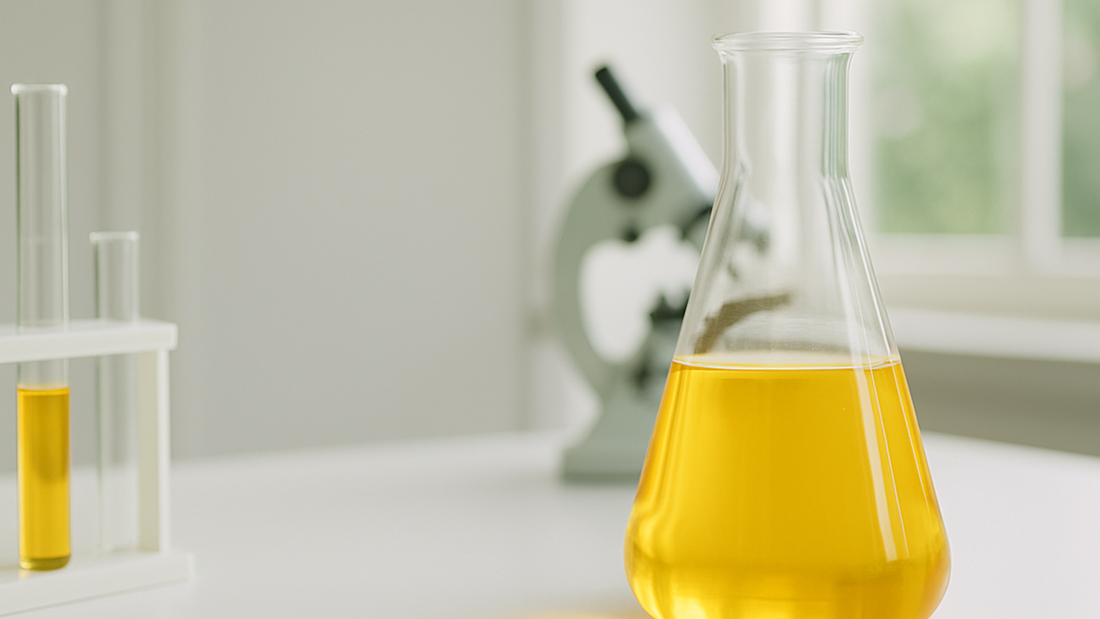Some pesticides smell like pine, citrus, or cinnamon. A particular aroma of pesticides is not just a coincidence but an intentional formulation. The scents play a key role in pest control. Synthetic aroma chemicals can either repel, attract, or deter pests. At the same time, they can minimise unpleasant odours for humans. The science behind these scents involves a deep understanding of insect behaviour, chemical volatility, and molecular interactions. Pesticide manufacturers enhance product effectiveness by incorporating these fragrances in their products. This blog will explore how these aromas work, their chemistry, and the top compounds used in pesticide formulations.
How scent affects insect behaviour
Some odours are repellents and push pests away from treated sites. Others are attractants that attract insects into traps. Insects use olfactory cues to find food, mates, and shelter. Hence, scent is a valuable tool for control. Scientists create pesticides that are effective and ecologically targeted.
Volatility and its role in aroma dispersion
The efficacy of a pesticide's scent is directly dependent on its volatility. What does it mean? The potential of a substance to evaporate and spread through the air. Very volatile fragrances release rapidly and give temporary effects. On the other hand, less volatile scents last longer. Optimal pesticide smell is a balance of these characteristics to provide long-term control. Temperature, humidity, and formulation also affect volatility. Therefore, slow-release microencapsulation is commonly applied to extend scent emission. That is how it can maintain performance for a longer time.
Top 5 pesticide-grade chemicals used for improved aroma
- Alpha-terpinene
Alpha-terpinene has a citrusy odour, which can be a prime choice for pest control compounds. It can be highly effective against ants and cockroaches. Aside from its pleasant smell, alpha-terpinene interferes with insect neurotransmitters. It serves as an organic neurotoxin. It has been found to increase the effectiveness of other pesticides as well when applied synergistically.
- Beta-phellandrene
Beta-phellandrene has a faintly minty odour similar to ginger. The compound can repel mosquitoes, rats, and ticks because of its two-way activity. Its moderate volatility provides a consistent release, which is great for outdoor use.
- Alpha-terpineol
When you need a floral or lilac odour, alpha-terpineol is the best choice. Manufacturers use it in pest control due to its odour-masking properties against pungent chemical odours. It is most effective against moths and flies as it can disrupt their receptors. Aside from pest control, alpha-terpineol is also appreciated for its antimicrobial activity. Its stability across different temperatures ensures it is a trustworthy option across different climatic conditions.
- Cinnamaldehyde
Cinnamaldehyde provides a spicy fragrance that repels insects and pests. Its pungent smell overpowers insect sensory systems, making it impossible for them to find food. Cinnamaldehyde also inhibits fungi and bacteria. Hence, it is considered to be a multi-purpose ingredient in pesticides.
Beta-pinene gives off a pungent, fresh aroma that repels beetles and weevils. It can interfere with insect pheromone communication, which results in discouraging mating. In other words, it puts a full stop on colony development. Beta-pinene is also a cost-effective and user-friendly option for extensive agricultural applications. It has high volatility, which allows for instant dispersion. Therefore, it is perfect for the application of fogging in the protection of stored grain.
Conclusion
The chemistry of pesticide fragrances combines entomology, environmental engineering, and chemistry to create convenient solutions. With more experimentation in future and analysis of insect behaviour, scientists might formulate better pest control to reduce detrimental effects. Chemicals such as alpha-terpinene, beta-phellandrene, and cinnamaldehyde have already proven to be effective for high-tech pest control.
As the industry matures, the demand for aromatic pesticides will only increase. If you want to make safer solutions with quality aroma chemicals, contact SBBLG. We are a large-scale supplier of aroma chemicals that find applications in pesticides, fungicides, and insecticides. Visit our website or get in touch at sales@sbblgroup.com.









